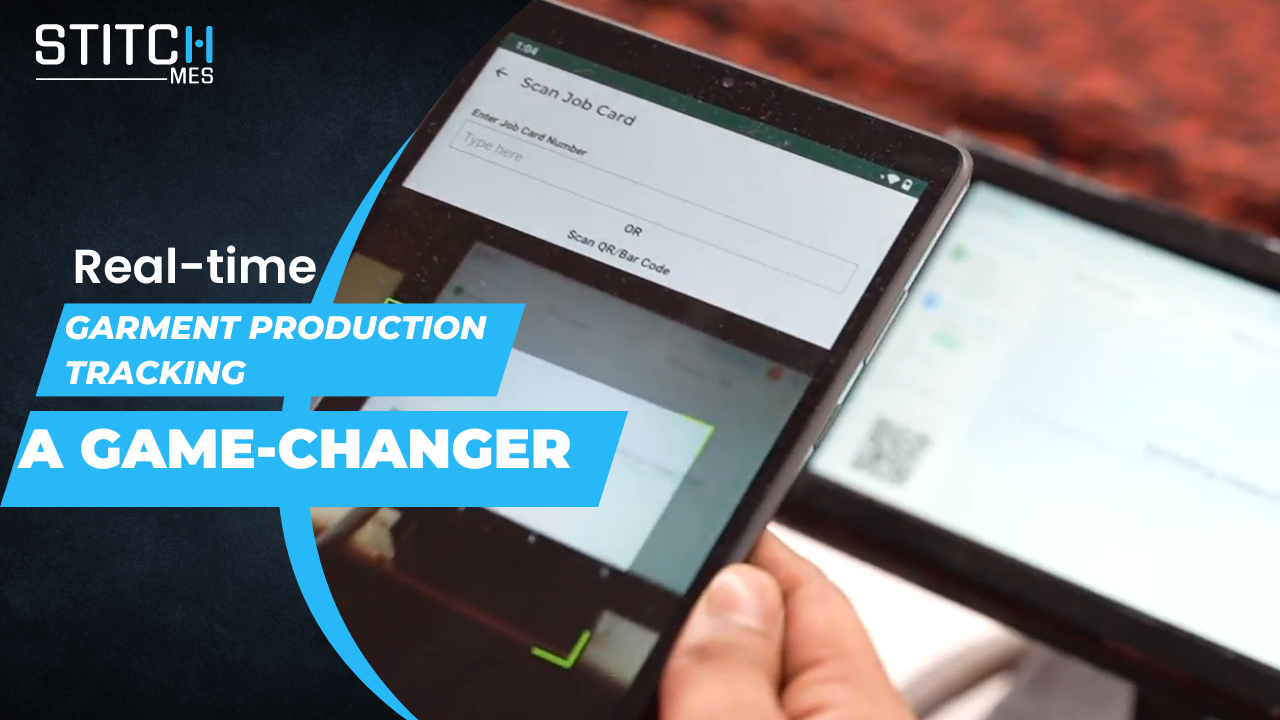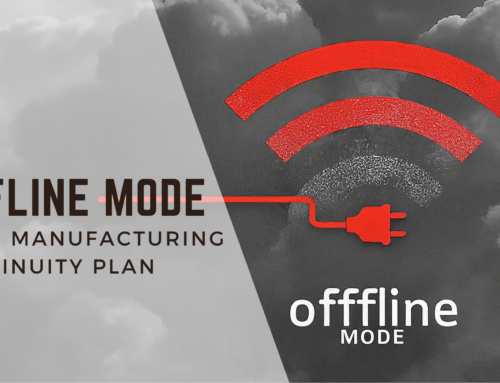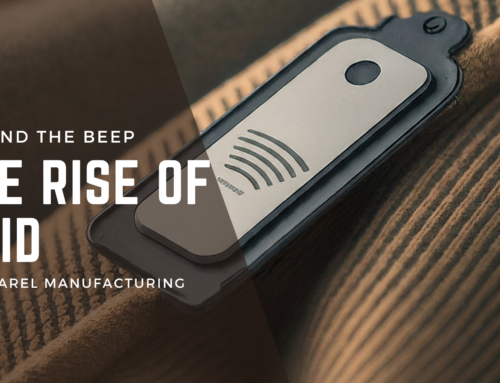What is a real-time production tracking system?
A real-time production tracking system is an IT-enabled software tool which is designed to capture manufacturing data from the process as it occurs and seamlessly be able to provide customized production and inventory reports to its users. The real-time data received from the system enables shop floor managers in tracking production of ongoing orders.
A real-time system is made in combination of software and hardware components. To run a real-time system in a production environment, one needs networking (wireless or wired network), hosting server (cloud or on premise) and end user’s device that is normally positioned at the workstations in the shop floor.
The production tracking can be done in batch level, bundle level as well as single piece level depending on the users’ need. The real-time production tracking system can track individual operation’s output and make it possible to measure individual operators’ performance at different processes as they work.
There are a couple of ways to track the real-time production data. To name a few – barcode tags, QR code tags, RFID tags etc. The purpose of a real-time system is to digitalize the production data, automate production reporting and making the production floor more organised and profit centre through the latest applications.
Know Why Garment Manufacturers Need a Real-time Production Monitoring System.
By business nature, each apparel manufacturing business faces many challenges while trying to keep its business profitable and competitive in the global marketplace.
Nowadays, there are some tech solutions available for improving some areas inside the manufacturing process through automation with tangible benefits for the business. One must embrace that tool.
I have listed five key benefits of using a real-time production tracking system by a readymade garment factory. These will help you understand why a real-time tech solution essential tool is for managing a factory. I hope this list will build your confidence in real-time production tracking systems.
1. Get order status in real-time basis
How do you check the current status of production orders?
Every time you need an order status, you normally call your staff to get the production data and compile it for your reporting needs. This task is done multiple times in a day. Or you wait for the email on production update until the next morning. You waste time and energy just for a few key data but most important information for managing your business.
But this practice can be changed completely. The order status tracking can be improved by implementing a real-time production tracking system. You can access your desired reports from anywhere and anytime you need it.
This tool will improve the visibility and transparency of production data and employee performance.
2. Tracking production floor data and monitoring production lines
You hire managerial staff to manage the production floor. To manage and control shop floor workers, machines, and garment production.
All these can be monitored in a better way if one gets ready information at the current state. Stitch’s real-time production tracking system is built to facilitate line supervisors to monitor the production floor and control the production team.
With the real-time production information, line supervisors can involve themselves in problem solving (instead of firefighting).
3. Control WIP and Improve line balancing
Real-time production update and machine-to-machine inventory movement (WIP) allow you visualising the workload distribution in a production line in real-time.
Line supervisors and floor in-charge can take quick actions in improving the line balancing and controlling WIP inside a production line. This will bring down the waiting time of the operators and convert the ideal time into the productive time. This action in turn will enable you to increase daily line output. A tangible gain.
4. Track and measure individual operator performance
Direct labours are the most valuable resources in the labour-intensive apparel manufacturing sector. Fashion sourcing decisions are majorly controlled by the labour wages and cost of manufacturing. Apparel retail giants prefer sourcing garments from low-wage countries.
In the textile business, knowing the performance of each operator and based on their skill, utilizing them for right work, helps factories in two ways – getting maximum production from the operators and keeping employees motivated as you can assign them to their preferred operations.
The individual operator performance data can be used for operator bonus scheme and operator training.
5. Performance KPIs are in your fingertips
Everyday managers and industrial engineers need a couple of reports for managing the production orders, managing manpower and planning for coming orders. A real-time system can save a hefty amount of time spent in data collection, in preparing reports such as DPR, employee performance report, productivity report, garment costing report, estimating order completion date and more.
Design your performance KPI templates, formulate your data and let the system do the report preparation part. In real-time production tracking systems, production data is captured by operators as they work on the garment pieces. All reports are updated automatically as per desired interval. Furthermore, reports can be accessed from anywhere and anytime with internet connectivity. This improves the shop floor visibility and information transparency.
Warning! Before going for a real-time tracking system, one must do cost benefit analysis of the available system.
Do you like to know more about a real-time production tracking system? Book a free demo for Real-time production tracking system with Stitch.















I could not refrain from commenting. Very well
written!
Take a look at my webpage: https://fex.net/